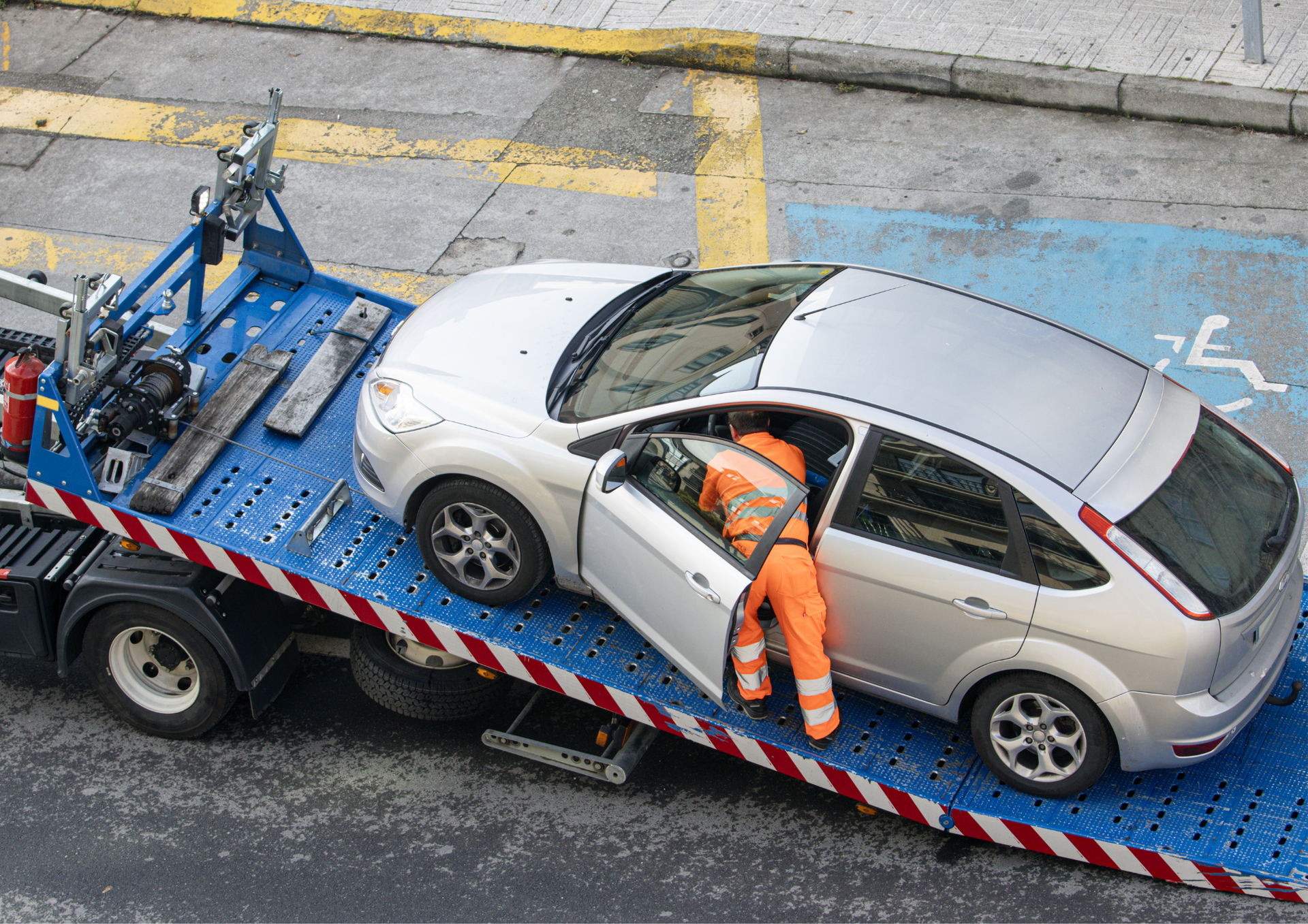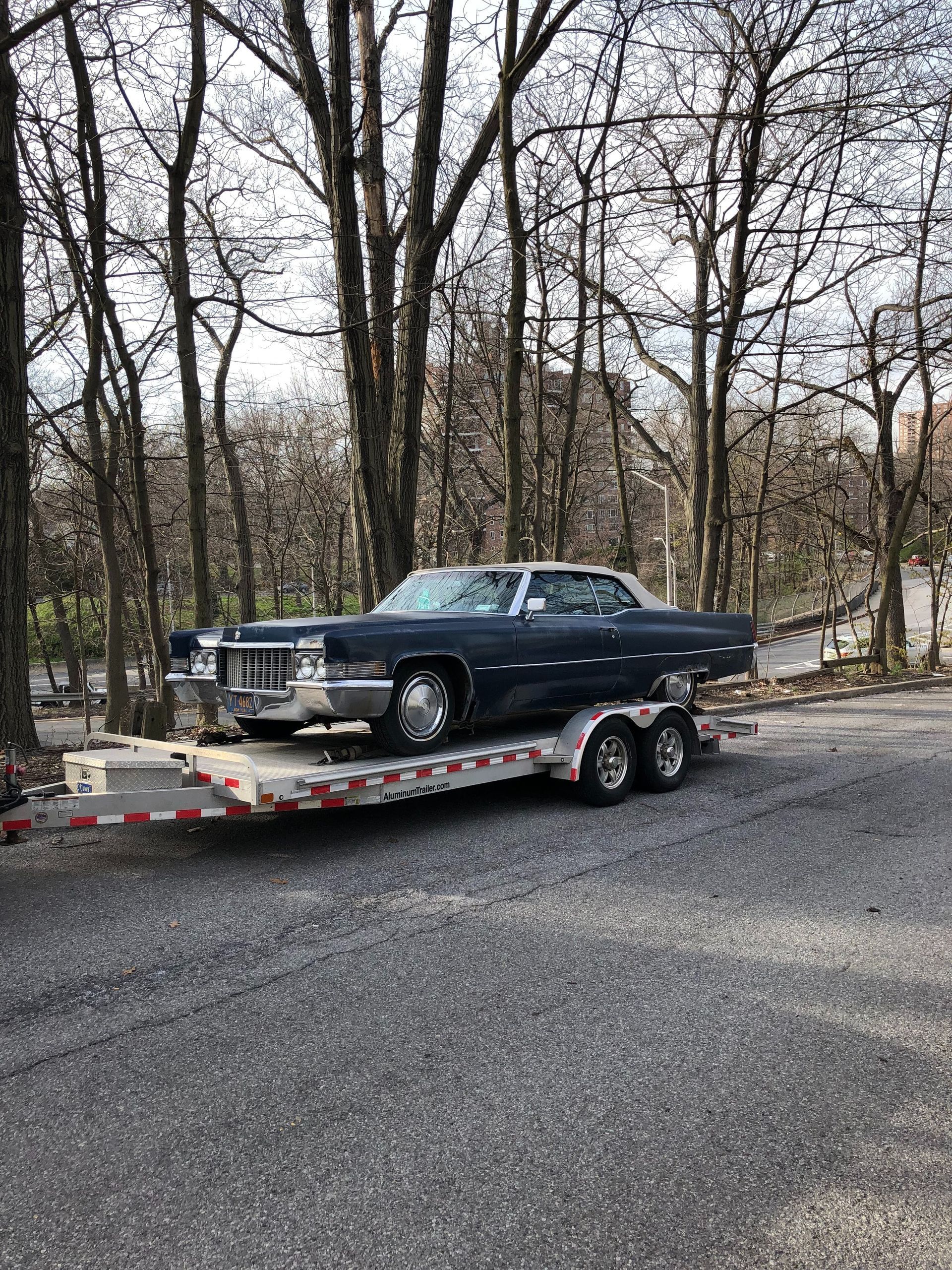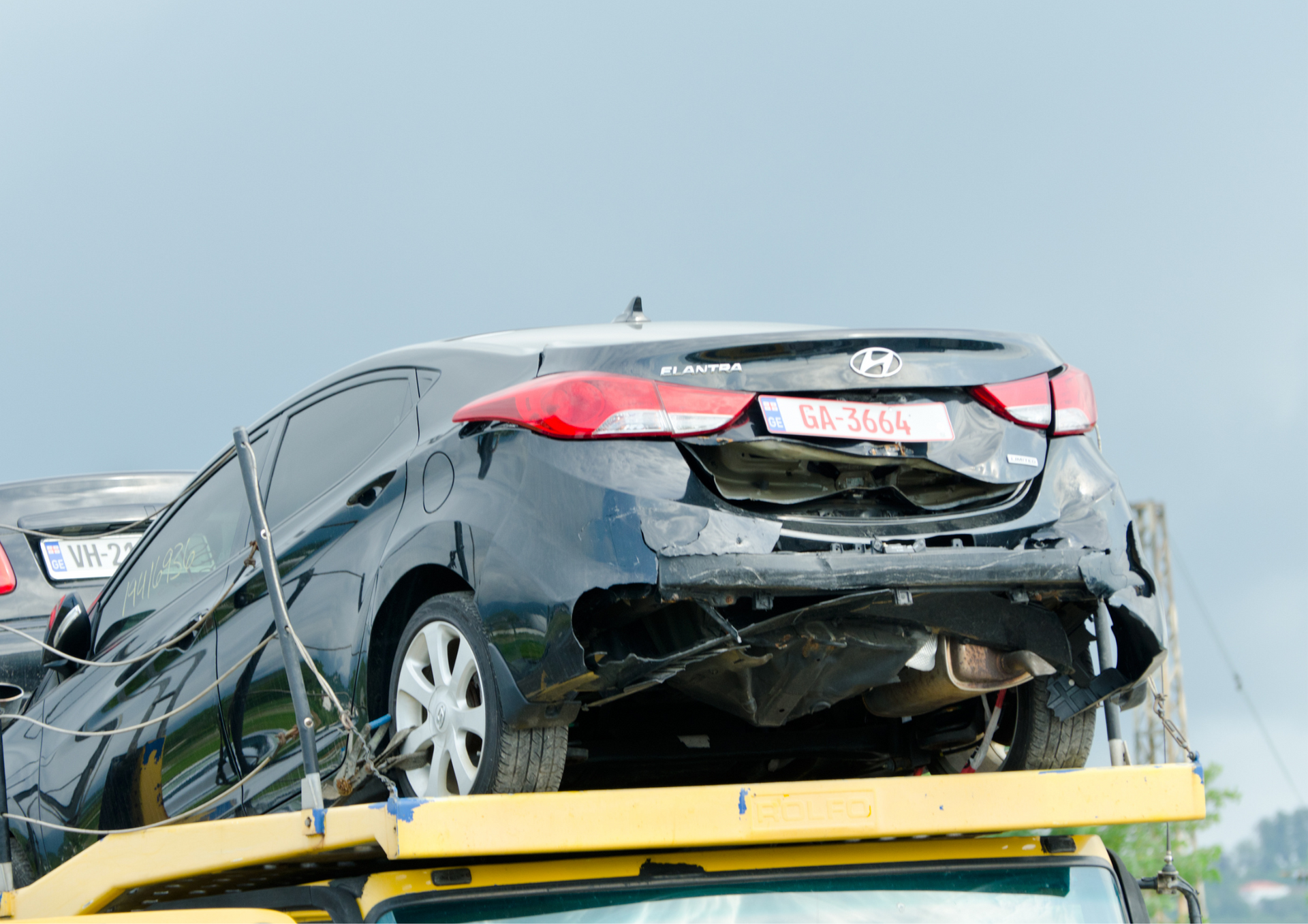Recovering Vehicles in Hazardous Conditions
In vehicle recovery, hazardous conditions pose a significant challenge, demanding a combination of skill, caution, and expertise. From severe weather to treacherous terrains, the process of recovering vehicles is fraught with potential dangers. This blog post delves into the challenges faced during such operations and outlines critical safety precautions to ensure the recovery team's and the public's safety.
Understanding the Risks
Hazardous conditions can include anything from heavy rainfall, flooding, and snowstorms to hazardous material spills or areas with potential landmines in post-conflict regions. Each scenario presents unique challenges and requires specific strategies to safely recover vehicles without causing additional harm to people and the environment.
Equipment and Technology in Vehicle Recovery
The focus of safe vehicle recovery in unfavourable conditions is the use of appropriate equipment. Recovery vehicles must be robust and equipped with features like all-wheel drive, winches, and extended-range communications equipment. Modern technology, including GPS tracking and drone surveillance, can also play a pivotal role in assessing situations remotely and planning the recovery while minimising the risk to human lives.
Safety Protocols and Training
Recovery operators must be trained to handle complex scenarios. This training includes using recovery equipment, emergency first aid, and advanced driving techniques tailored to hazardous environments. Moreover, adherence to strict safety protocols cannot be overlooked. These protocols include securing the area, using the correct signage, and having a clear communication line among all team members.
Legal Considerations
Recovering vehicles in hazardous conditions involves managing physical risks and understanding and complying with local laws and regulations. These might involve securing permits for entering certain areas, restrictions on the use of heavy equipment, and guidelines for handling potentially hazardous materials found at the scene.
Case Studies: Lessons Learned
Several case studies highlight the importance of preparedness and proper procedure. For instance, during a recovery operation after a landslide, a team employed drones to assess the stability of the area before entering. This proactive approach prevented potential casualties and further vehicle damage. Learning from such instances can dramatically improve safety outcomes in future recoveries.
The challenges of recovering vehicles in hazardous conditions are immense and require a professional approach to manage effectively. Safety is paramount for the recovery team, the general public, and the environment. Adhering to best practices, investing in the right equipment, and ongoing training are indispensable.
Choosing a seasoned provider is crucial for those seeking reliable vehicle recovery services, especially under demanding circumstances. Recovery Northampton stands out as a leader in this field. With our advanced technology, experienced team, and commitment to safety, we ensure that your vehicle recovery needs are handled professionally and efficiently. Simply search "recovery near me" on the internet to find us!
Check out our latest GBP update about recovering vehicles in hazardous conditions.



